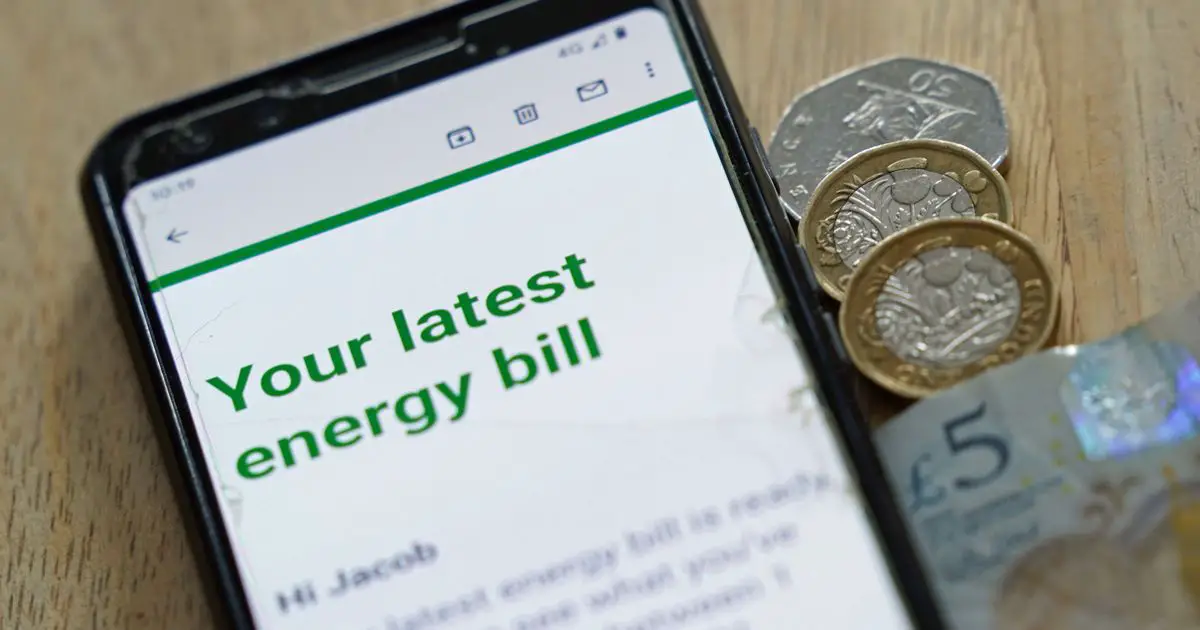With household energy bills set to soar in April, there are fears that the sudden hike could plunge millions of people into fuel poverty.
Energy industry regulator Ofgem announced today (February 3) that it would increase its energy price cap from £1,277 a year to £1,971. the End Fuel Poverty Coalition says this could tip another 1.1 million UK households into fuel poverty.
The group estimates that 22 per cent of all UK households could be left in fuel poverty – affecting a total of 12.5 million people altogether. So what is fuel poverty and how is it defined?
READ MORE: How does the energy price cap work? What Ofgem’s price cap means for you as bills soar
What is fuel poverty?
Fuel poverty is, quite simply, the condition of being unable to afford to heat your home adequately.
A number of factors can contribute to fuel poverty, including low wages, high house prices and rents, poor housing conditions, inadequate energy efficiency and poor insulation.
How is fuel poverty defined?
Fuel poverty is defined differently in England than in the rest of the UK.
In England, a household is officially in poverty if its required fuel costs are above the national median and if it would be left below the official poverty line after paying energy bills.
The Scottish, Welsh and Northern Irish governments define a household as being in fuel poverty if more than 10 per cent of its income is spent on fuel. Until 2013, this definition also applied in England.
How many people in the UK are in fuel poverty?
According to official figuresthere were 3.18 million households in England which were in fuel poverty in 2019. That amounts to 13.4% of all English households.
Stay abreast of the latest on days out, nights out, shopping and more with our Daily What’s On Email updates
